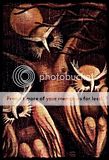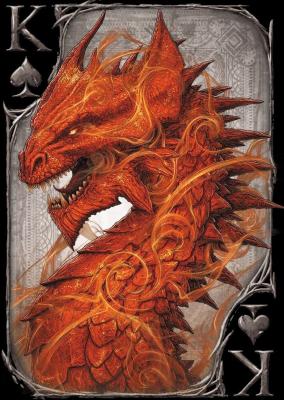The origin of strigoi12:39 Jun 25 2011
Times Read: 750

STRIGÓI, -OÁIE, strigoi, -oaie, = (in superstitions) the soul of a person (living or dead) which could turn during night to a ghostly apparition or an animal, causing harm to those he meets;(largely) person born in bad sign that could be in touch with the devil and would make use of witchcraft and charming. Epithet given to a evil or sullen man, or to an aged and old-fashioned man.
(Dictionarul Explicativ al Limbii Romane,1998)
The Romanian word (with it`s variations:
striga, stregon, strigoni, strigoaica, stregoaica) is also used for ghoul, specter or werewolf, but is usually translated in the Western languages as vampire. The
strigoi in Romania is also called sometimes by the terms
moroi, pricolici, stafie and (in some parts of Transilvania)
siscoi.
The origin of the term is debated but usually is considered that it comes from the Latin
strix,striga, meaning hag,witch or owl. Other sources consider that the word could be originated in the Romanian verb
a striga (to yell, to screech, to cry), but it seems that this word have the same Latin origin. Also,
strega, the Italian word for witch, is supposed to have the same provenience. The term seems to be related with the Polish
strzyga and the Albanian
shtriga, although these two languages don`t have a Latin origin, as Romanian Language has. In both Polish and Albanian folklore, the term designates monstrous females that harm the newborn, just like the ancient deity Lilith. They seem to be later adds coming from the use of the Medieval Latin term
striga (witch).
The most ancient written source that mentions the term
strix is a work written by a Greek scholar named
Antoninus Liberalis. In approximately the 2nd century CE, Antoninus Liberalis gave, in his work named
Metamorphoses, forty-one extremely brief summaries of some Greek myths. The forty-one stories are basically legends that explain the origin of some of nature`s elements by the transformations of men and women, heroes and nymphs, into stars, plants and animals, or springs, rocks and mountains, or even birds. Liberalis`s stories about birds are based on the work of a certain Greek writer named Boios.
The obscure
Boios, Latinized Boeus, was a Greek grammarian and mythographer, remembered chiefly as the author of a lost work on the transformations of mythic figures into birds, his
Ornithogonia(The Origin of the Birds), which was translated into Latin by Aemilius Macer, a friend of Ovid. Since Boios`s
Ornithogonia was lost, we know the story about the
strix only by the resume of the legend, presented by Antoninus Liberalis in his work. The twenty-first legend of Liberalis is about Polyphonte:
“Polyphonte was a woman in Greek Mythology who worshipped Aphrodite until she was ordered by the goddess to fall in love. Afraid, Polyphonte became a chaste follower of Artemis. Aphrodite angrily made the woman fall in love with a bear, resulting in Artemis' hatred, and the birth of two half-bear, half-man twins. The gigantic bear twins, Orius and Agrius, were cannibal, and in result the gods turned them into vampire-like owl-creatures. This was the explanation for the mythological Strix."
Later, the renown authors of Latin antiquity, mention the term. In
Epodes,
Horace tells about the magical properties of the owl: it`s feathers are used in preparing a love potion.
Seneca the Younger describes
strix as creatures dwelling the outskirts of Tartarus, in his work
Hercules Furens.
Ovid is the first who states that the striges could be born or can become as they are by being enchanted.
Is easy to observe that the Greek myth about the origin of the owl passed by Latin sources in the today Romanian term for witch (either dead or alive) or even ghoul or vampire, as it is used today in the vampire communities and subcultures of the XXIth century.








COMMENTS
-